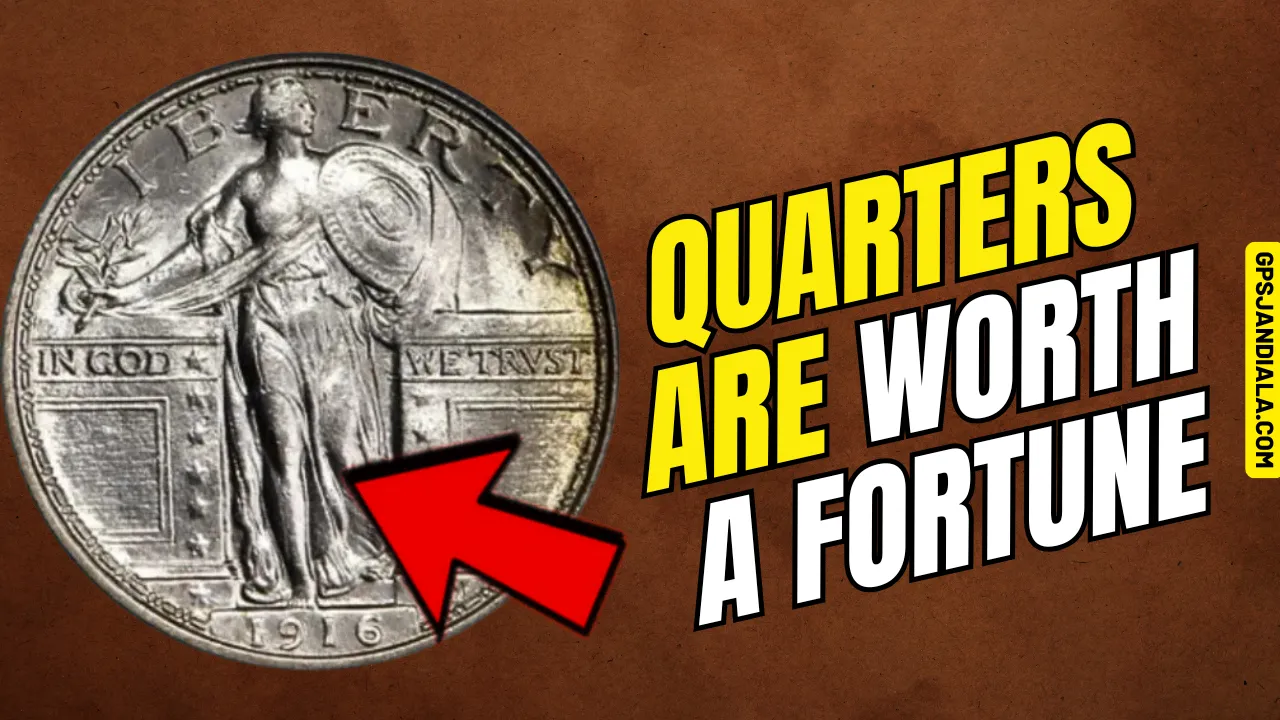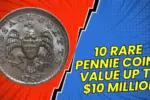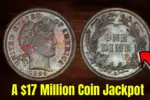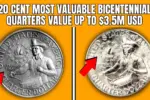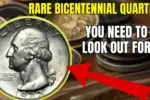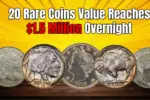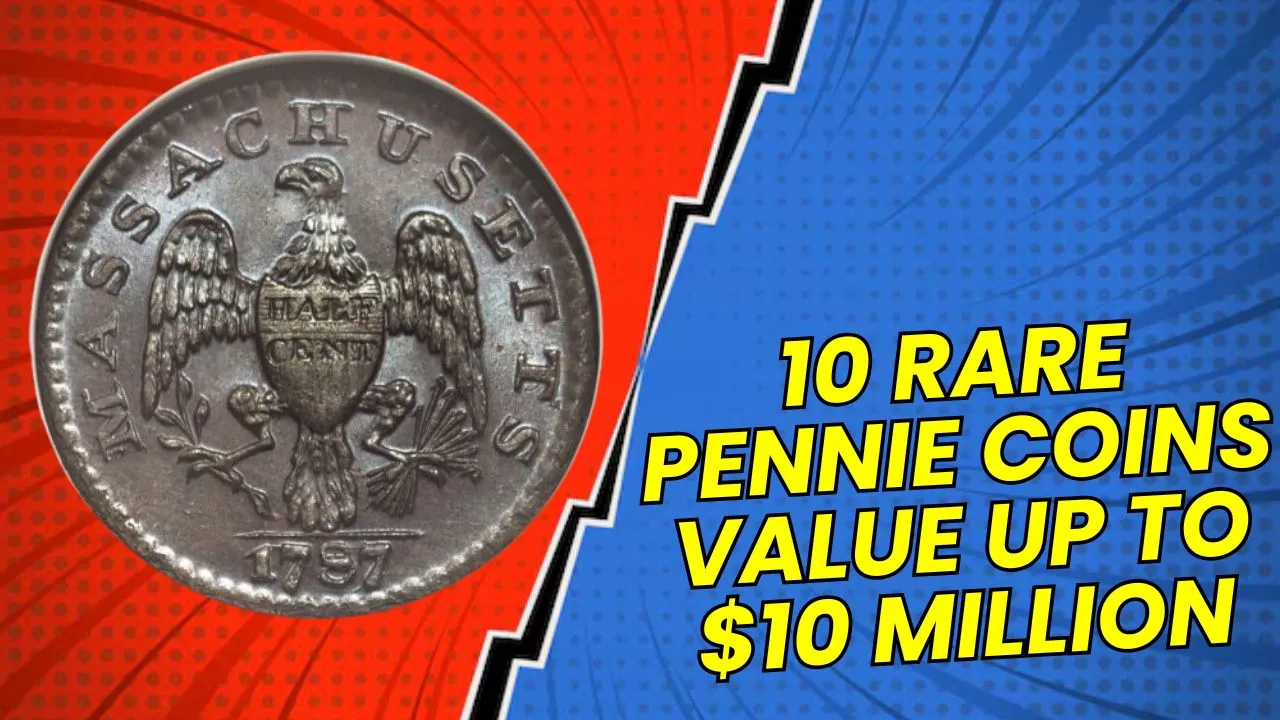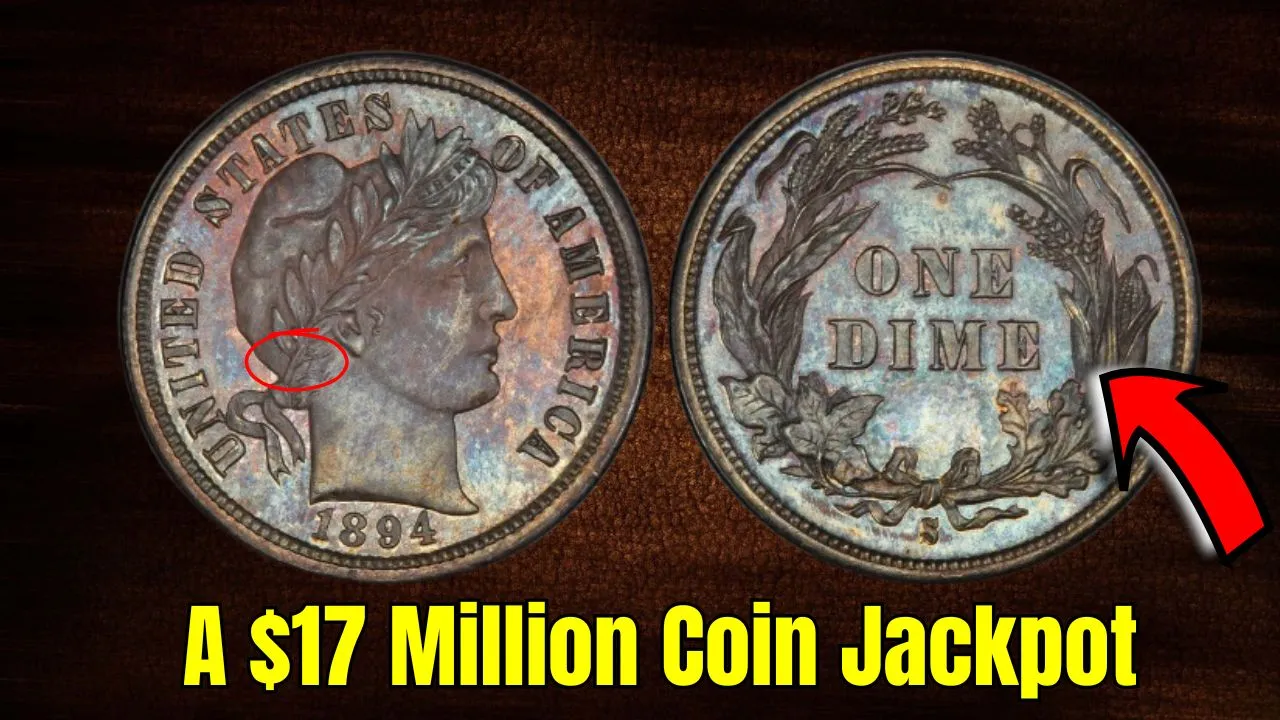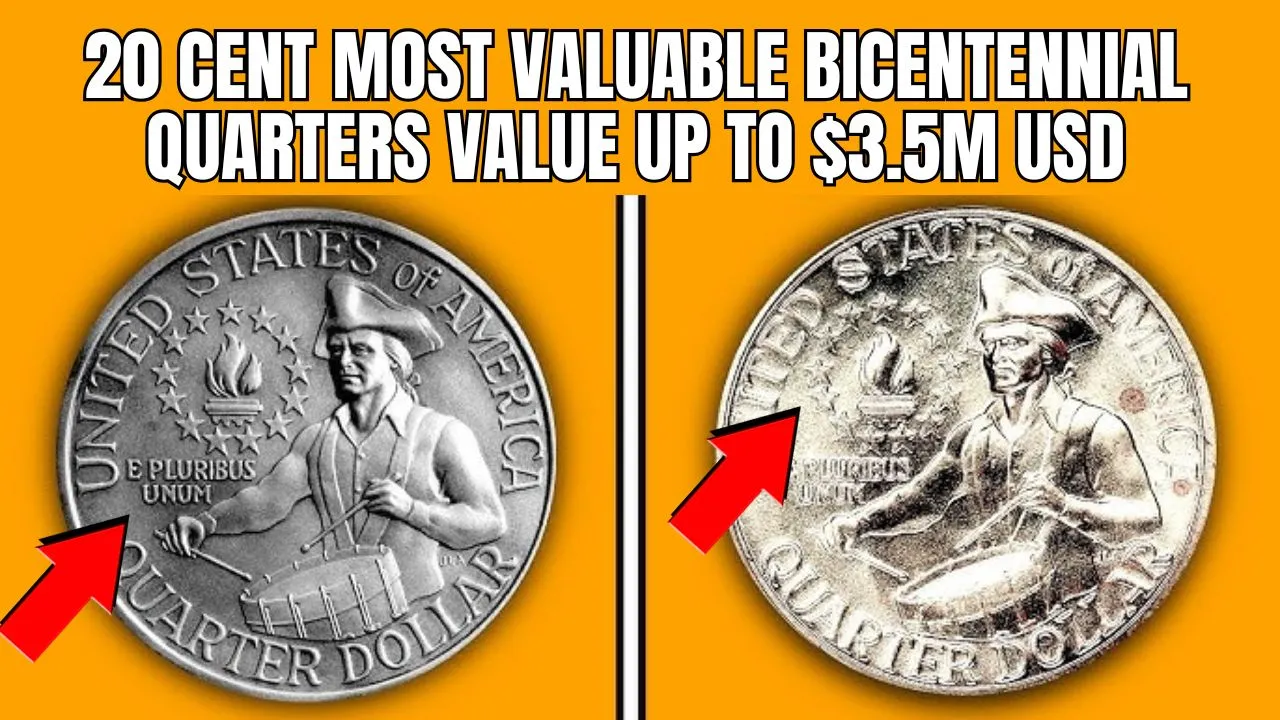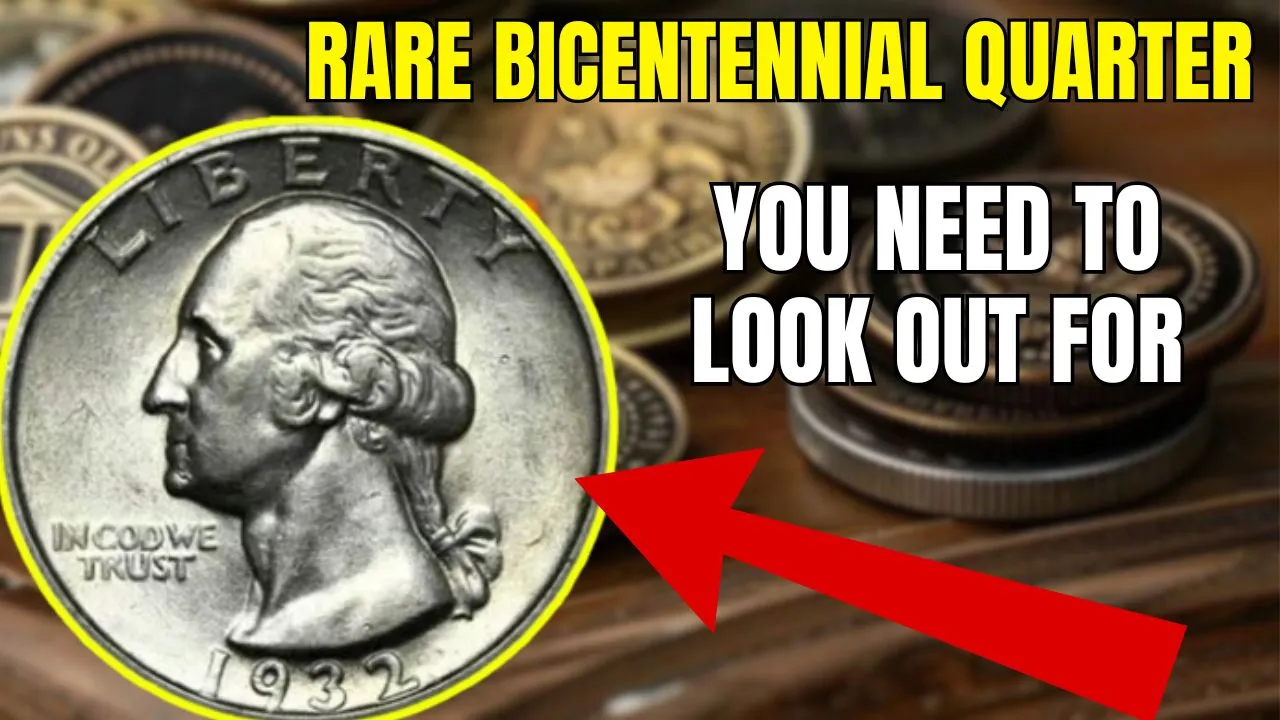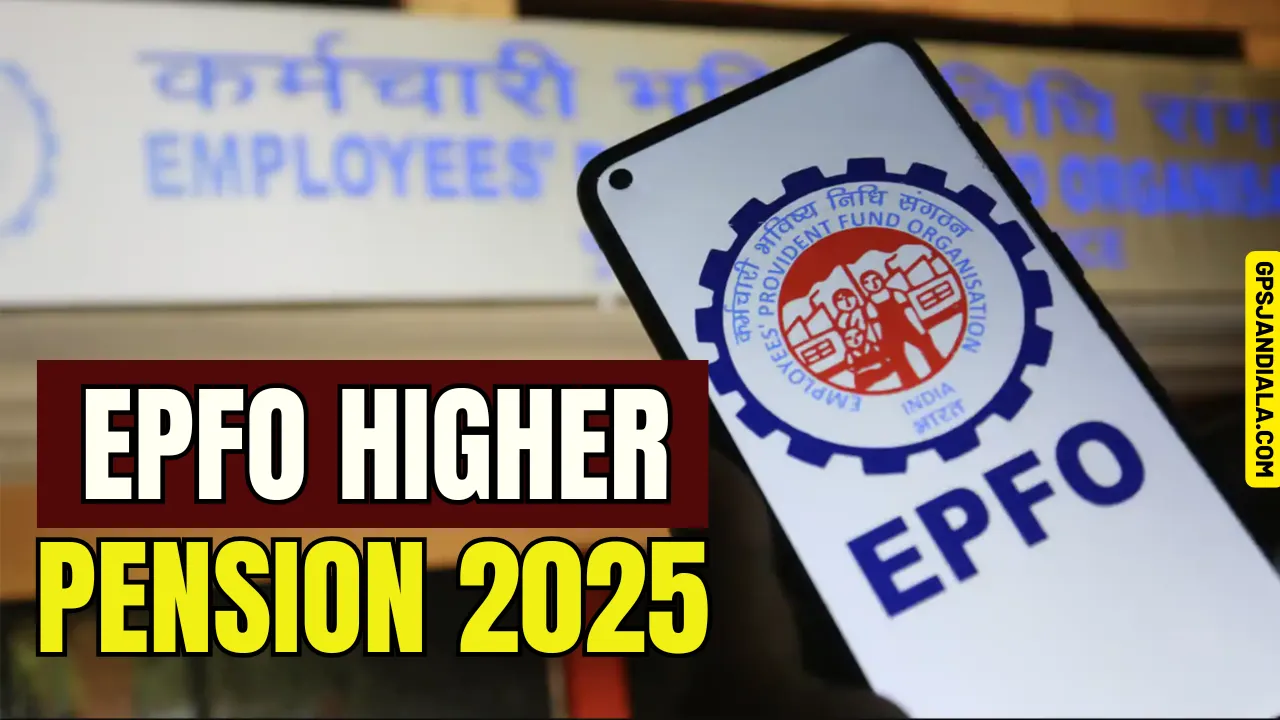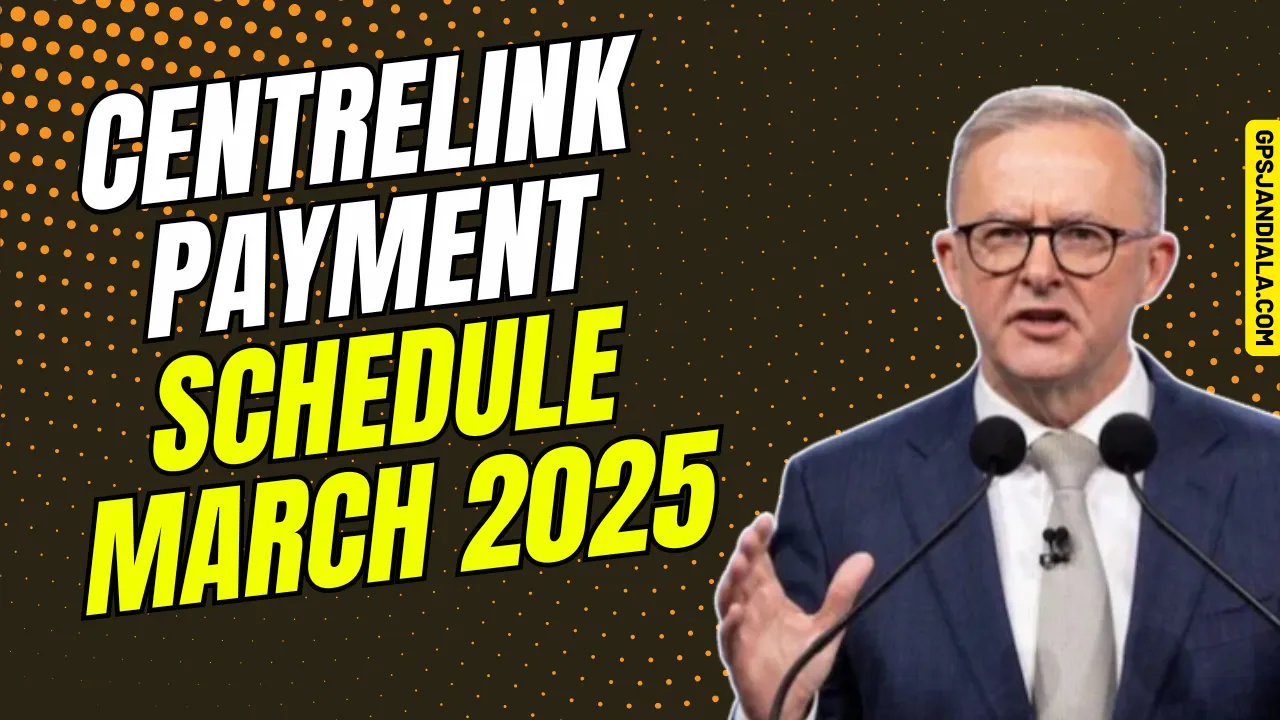Rare Bicentennial Quarters: The Bicentennial Quarter Value has taken the coin-collecting world by storm, with some rare editions selling for thousands—or even millions—of dollars. Minted in 1975 and 1976, these quarters were created to honor the 200th anniversary of American independence. Featuring a drummer boy design on the reverse, they remain one of the most distinctive and sought-after quarters in U.S. history.
Most Bicentennial Quarters are only worth their face value, but a handful of rare variations—due to minting errors, unique compositions, and special strikes—have become extraordinary numismatic treasures. In this article, we’ll explore five rare Bicentennial Quarters that are still in circulation and could be worth a fortune.
Overview of Rare Bicentennial Quarters
| Coin Type | Estimated Value | Key Features |
| Doubled Die Obverse (DDO-001) | $100 – $45,000+ | Doubling on “LIBERTY” and Washington’s profile |
| No S Proof Quarter (Silver & Clad) | $15,000 – $55,000+ | Missing “S” mint mark on proof versions |
| Off-Center Strike Errors | $150 – $3,000+ | Misaligned design due to striking errors |
| Wrong Planchet Errors | $2,000 – $18,000+ | Struck on dime, nickel, cent, or dollar blanks |
| Missing Clad Layer Quarters | $500 – $7,500+ | Quarters missing their outer nickel-copper layers |
1. Doubled Die Bicentennial Quarter – Worth Up to $45,000
One of the most valuable Bicentennial Quarter Value variations is the Doubled Die Obverse (DDO-001). This error occurs when the coin’s design is imprinted twice, slightly misaligned, creating a doubling effect on the letters and features.
How to Identify a Doubled Die Bicentennial Quarter:
- Look closely at “LIBERTY” – A noticeable doubling effect indicates a rare variety.
- Examine Washington’s Profile – Some variations show clear doubling in his hair and face.
- Use a magnifying glass or microscope to confirm the doubling effect.
💰 Value: Depending on condition, these quarters range from $100 (Very Fine) to $45,000+ (MS-67+). A top-graded MS-67+ example recently sold for $48,500 at auction!
2. No S Proof Bicentennial Quarter – Worth Up to $55,000
The San Francisco Mint produced proof quarters for collectors, marked with an “S” mint mark. However, in rare cases, a No S Proof Bicentennial Quarter was struck without the “S” mint mark, making these coins extremely valuable.
How to Spot a No S Proof Quarter:
- Check for the “S” Mint Mark – If missing, your coin might be rare.
- Typically found in proof sets, rather than circulation.
- Available in both silver and clad versions—silver ones are even rarer.
💰 Value:
- Silver “No S” Proof Quarter: $15,000 – $32,500
- Clad “No S” Proof Quarter: $20,000 – $55,000 (only 7 confirmed to exist!)
3. Off-Center Strike Bicentennial Quarter – Worth Over $3,000
Minting mistakes sometimes cause a coin’s design to be misaligned, resulting in an off-center strike. The farther off-center the strike, the more valuable the coin.
How to Identify an Off-Center Bicentennial Quarter:
- Look for a partially missing design—especially if the date is visible.
- Quarters that are 40% to 60% off-center are the most valuable.
💰 Value:
- 20-30% off-center: $150 – $300
- 40-50% off-center: $800 – $1,500
- 60%+ off-center: $1,800 – $3,000
A triple-struck silver proof Bicentennial Quarter (struck three times!) was once sold for $18,500 at auction.
4. Wrong Planchet Bicentennial Quarter – Worth Up to $18,000
A wrong planchet error occurs when a Bicentennial Quarter is struck on a blank meant for another coin, such as a dime, nickel, or silver dollar. These mistakes are incredibly rare and highly collectible.
Common Wrong Planchet Errors:
- Quarter struck on a dime planchet – Appears smaller with missing details ($2,800 – $4,000).
- Quarter struck on a nickel planchet – Has a different color and weight ($2,500 – $3,800).
- Quarter struck on a cent planchet – Looks copper-colored ($2,000 – $3,500).
- Quarter struck on a silver dollar planchet – The most valuable ($15,000 – $18,000).
If you find a Bicentennial Quarter that looks too small, too large, or an unusual color, it could be worth a small fortune!
5. Missing Clad Layer Bicentennial Quarter – Worth Up to $7,500
The standard Bicentennial Quarter is made of an outer copper-nickel layer over a copper core. However, some quarters were accidentally struck without this layer, making them valuable collector’s items.
How to Identify a Missing Clad Layer Quarter:
- One side appears copper-colored while the other remains normal.
- Both sides missing clad layers is the rarest and most valuable variety.
💰 Value:
- Missing one clad layer (obverse or reverse): $500 – $2,500
- Missing both clad layers: $3,000 – $7,500
FAQs About Bicentennial Quarter Value
Are Bicentennial Quarters worth anything?
Most are worth $0.25, but rare varieties with errors can sell for thousands of dollars!
How do I know if my Bicentennial Quarter is valuable?
Look for errors like doubled dies, off-center strikes, missing mint marks, or missing clad layers. Consider getting the coin professionally graded.
Where can I sell a rare Bicentennial Quarter?
You can sell through coin dealers, auctions, or online marketplaces like eBay or Heritage Auctions.
How much is a regular Bicentennial Quarter worth?
A common Bicentennial Quarter is typically worth $0.25 to $1 in circulated condition.
Was there a 100% silver Bicentennial Quarter?
No, but the San Francisco Mint produced 40% silver versions sold in collector sets.
Final Thoughts: Could You Be Holding a Fortune?
The Bicentennial Quarter Value continues to rise, making it one of the most exciting coins for collectors. Some versions have sold for over $45,000, so it’s worth checking your spare change for hidden treasures! Whether it’s a doubled die, missing mint mark, or a wrong planchet, these rare quarters can still be found in circulation.
🔎 Have you ever found a rare Bicentennial Quarter? Share your discoveries in the comments below and let’s uncover hidden gems together! 💰🔥
